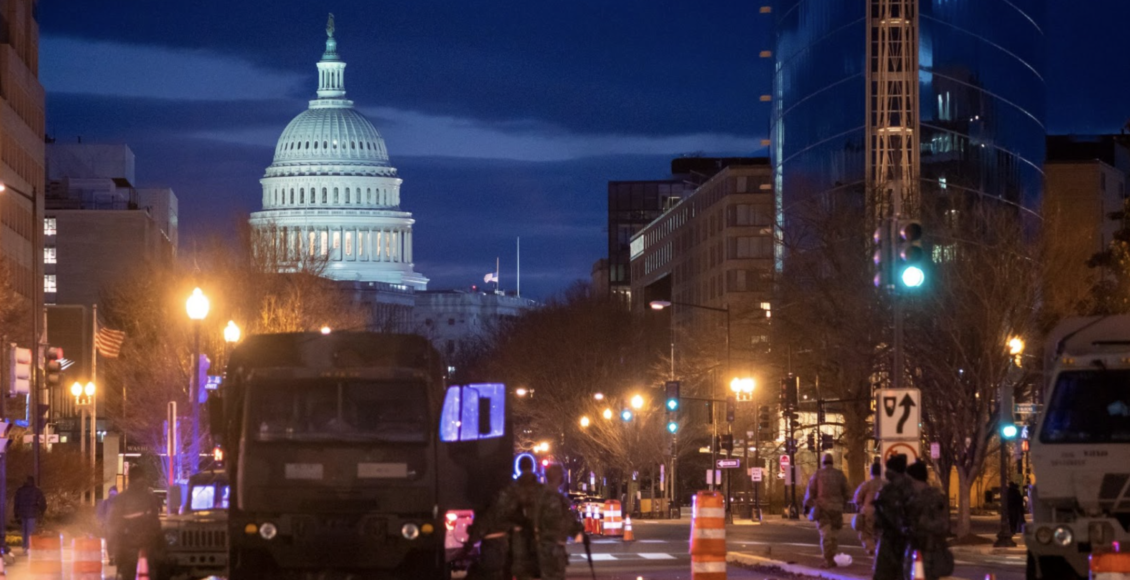The US Election Certification Process

Donald Trump decisively won the 2024 presidential election by capturing the electoral college and the popular vote. Over the night of Nov 5, the results from each county were tallied, and in each state, a winner was declared. Despite this, some people may refuse to believe their candidate lost. Given the effort by Donald Trump and some of his allies to deny the result of the 2020 election, there were fears that some state leaders and election officials would try to undermine the democratic process. But back then and now, Democrats have advocated for trust in the electoral system and the peaceful transfer of power. Following Trump’s win, Democratic candidate Kamala Harris conceded defeat, and President Joe Biden promised to vacate the White House in January.
As election denial following the 2020 election resulted in the Jan 6, 2021, capital riot, some feared that there would be an organized effort to block election certification if Trump lost in 2024. Trump won, but his actions in 2020 and 2021 opened the door to distrust in the American electoral process. Future elections may be subject to similar discord, so understanding the election certification process is crucial.
County officials’ certification of the results is a particularly important step in the process. Depending on the state, county election officials are elected or appointed, and sometimes county executives fulfill this duty as an auxiliary role. However, these county-level boards are legally mandated to certify the results regardless of the state. If officials fail in their duty, the courts can intervene, compelling officials to certify the vote or replace them entirely. Rogue election boards do not have the power to reject their county’s votes. However, in future elections, if legal force is required to compel election officials to certify the results, it could delay official results and weaken trust in the electoral process.
On the state level, the power to certify the appointment of electors rests in the governor’s hands. Because many prominent Republicans denied the 2020 election results, in the runup to the 2024 election, some feared that the governors of Georgia and Nevada, the only swing states with Republican governors, would try to illicitly throw the election to Trump.
This was not an issue, given that Trump won the election, he won Georgia, and it seems overwhelmingly likely he’ll win Nevada. But in the future, it’s unlikely that governors will fail to certify the correct electors, mainly as this entails disenfranchising a plurality of the voters whom the governors rely on for re-election.
The final place where election results can be challenged is in Congress during the counting and certification of electoral votes. Election reforms passed in 2022 established that the vice president’s role is solely ceremonial and that they do not have the power to refuse electoral votes.
The only point at which someone could legitimately challenge the results of an election is if one-fifth of both chambers objected to the certification, followed by a majority vote to sustain the objection in the House and Senate. This would trigger a contingent election where each state delegation in the House of Representatives has one equal vote. In the future, if a party tried to steal the election with this method, it would need a majority in both chambers, but party defectors who put their democratic values first could always intervene to stop this. Further, if Congress succeeded in rejecting the electoral count, it would likely have to convince a majority of Supreme Court justices that it has the constitutional right to circumvent the democratic process and declare its own winner.
While many worried that election denialism would create delays in the certification process and lead to short-term political anxiety following the 2024 election, Trump won, and the Democrats have promised to give up power peacefully. And in the future, if this is not the case, there are many checks that ensure election results will be upheld. The institutions, laws, and norms of the United States are strong and are designed to protect the democratic will of the people.
Featured Image: “New Jersey Avenue” by Mike Maguire is licensed under CC BY 2.0.
Edited by Idan Miller and Theodore Yohalem Shouse
